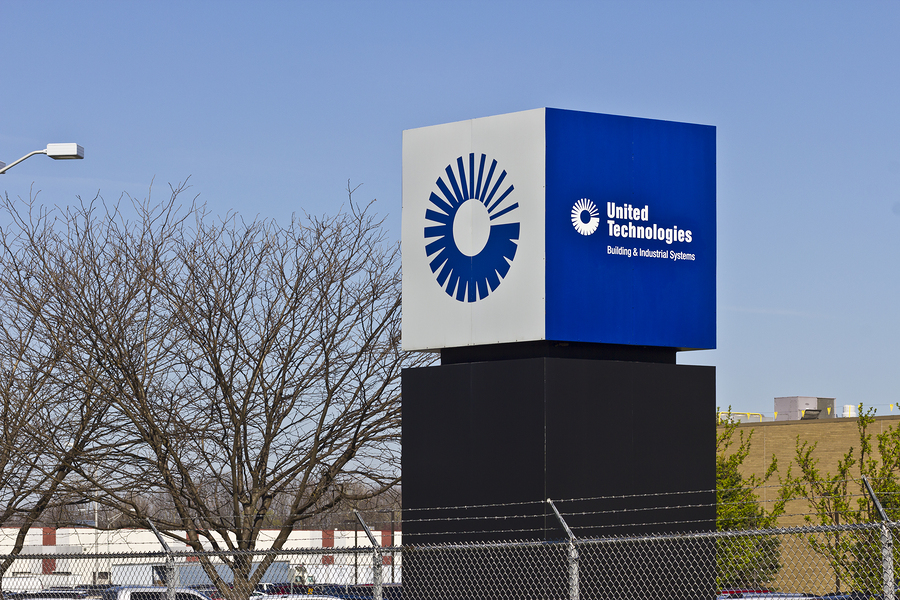September 2017, United Technologies Corp. For 30 billion dollars (including debt), UTC purchased equipment manufacturer Rockwell Collins, which itself had finalized, a few months earlier, the acquisition of B/E Aerospace. What are the characteristics of this transaction? Why are there so many purchases, alliances and mergers in the aeronautics industry?
A transaction to make your head spin
UTC is an American conglomerate that has been seeking for several years to strengthen its presence in automation and aeronautics, with its aeronautics (aircraft engines, ventilation system, cockpit, etc.) and air navigation systems divisions representing 23.6% and 22.4% respectively of its current turnover. With its turnover of 58 billion dollars and 200,000 employees, the company has just announced the purchase, for 30 billion dollars (23 for shares and 7 for debt) of Rockwell Collins. This specialist in avionics and cabin interiors employs 19,000 people and has a turnover of 6 billion dollars. With this acquisition a new entity will be created, called Collins Aerospace Systems, which will have 63 billion dollars of turnover, 40 of it in aeronautics, which will allow it to resist the pressures from aircraft manufacturers Airbus (67 billion dollars turnover) and Boeing (94.6 billion dollars turnover). According to Greg Hayes, CEO of UTC, “This transaction adds considerable potential to our aeronautics activities and builds our synergies in technologically advanced aeronautics systems.” But why always become larger? Why diversify?
Alliances to compete
Alliances between aeronautics equipment manufacturers are a response to aircraft manufactures who, under severe competition and wishing to hold their margins, put pressure on their suppliers. These are then forced to merge in order to gain economies of scale to stay in the race. As a result, Rockwell Collins bought out B/E Aerospace for 6.4 billion dollars during the summer of 2017 and Safran acquired Zodiac Aerospace in the spring of 2017. In addition, some aircraft builders are expanding their activities to include services (modification of cabins, aircraft connectivity, data processing, etc.), letting them increase their turnover and improve productivity. Boeing expects to take advantage of this services market, which it estimates to be 2.5 billion dollars, and is investing in it by announcing, in 2016, the creation of a specific division for this market which is expected to achieve an annual turnover of 50 billion dollars in 5 to 10 years. A loss of income for equipment manufacturers? Certainly! This is why some of them are making up for this problem by acquiring companies that operate in a niche market – therefore very profitable – such as that of cabin equipment which needs to be renewed several times in the life cycle of an aircraft. Others, not believing in the race to large size in the hopes of economies of scale, prefer to stand out by using data analysis, artificial intelligence or cybersecurity, such as Patrice Caine, CEO of Thales.
Competition between aircraft manufacturers forces aeronautics equipment manufacturers to group together, diversify their activities or rely on future technologies to remain competitive. In the current context, it appears preferable to develop these strategies, rather than soliciting government subsidies, with the risk of being accused of dumping, as Bombardier is facing today.
